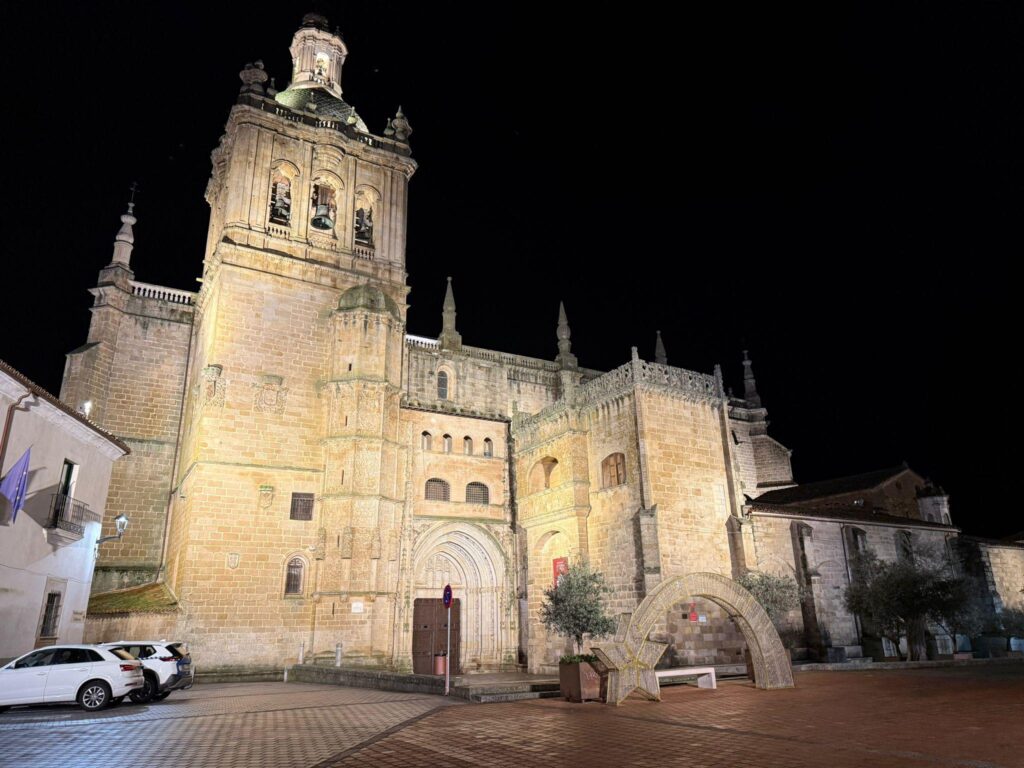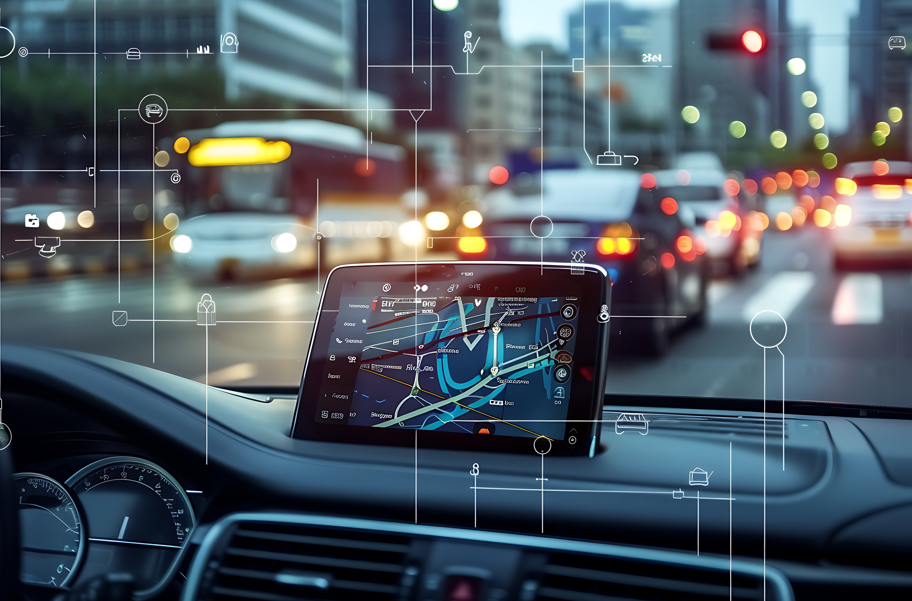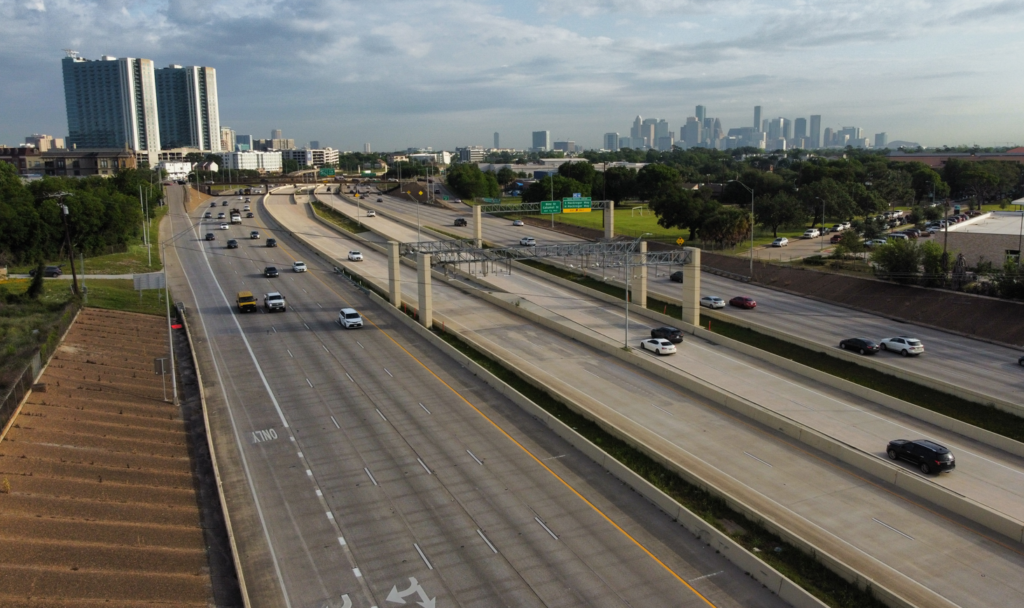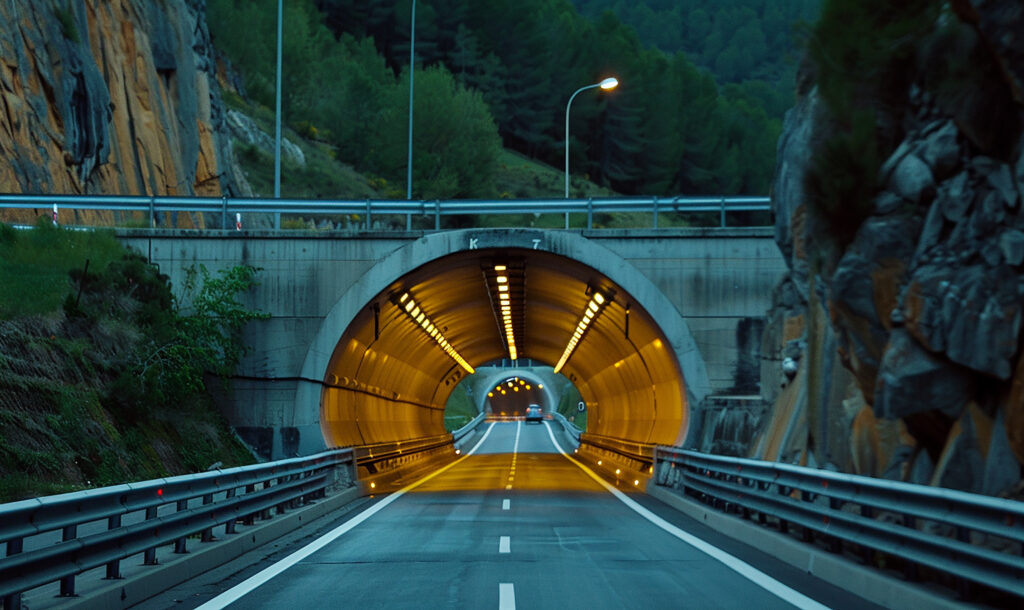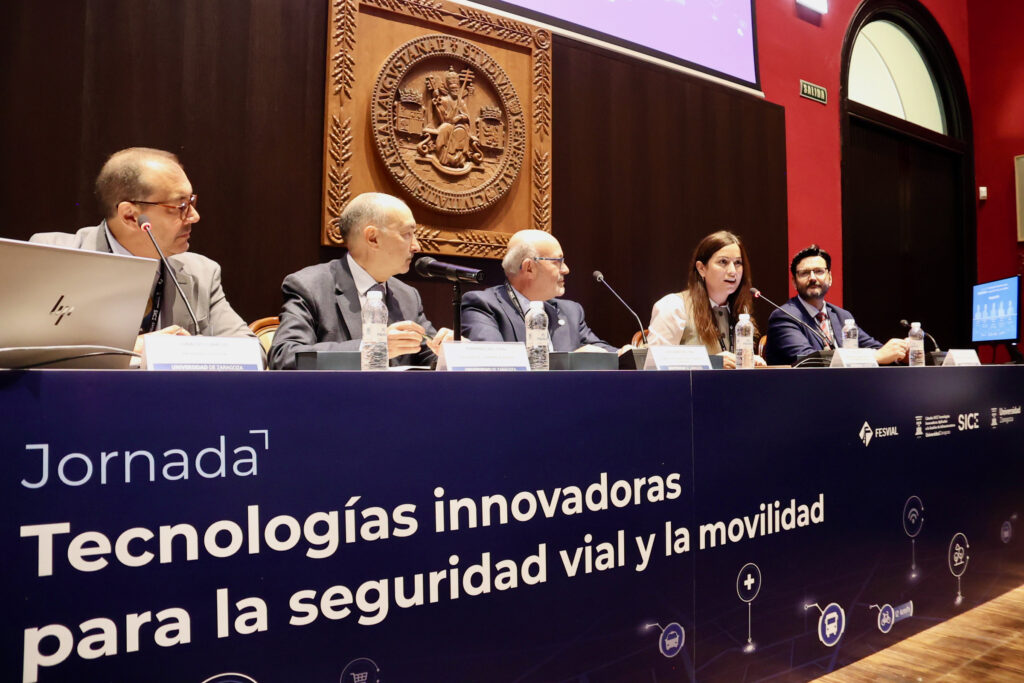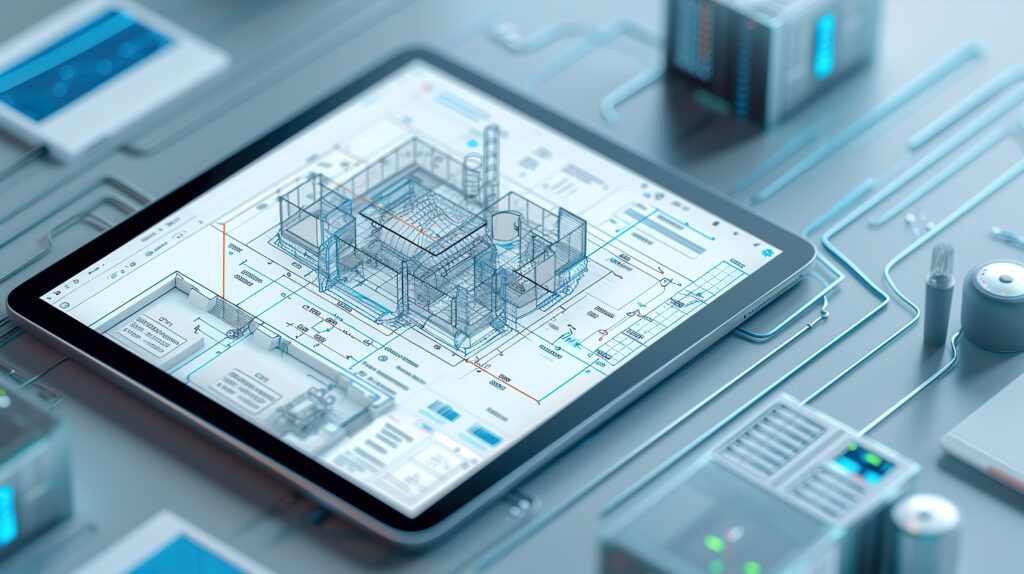On 18 January, Madrid City Council’s Delegate for the Environment and Mobility, Borja Carabante, visited the Madrid Calle 30 Control Centre to see at first hand how the project for the technological renovation of the facilities is progressing. During his visit, he stressed the importance of this project: “this is a vital infrastructure for the configuration of mobility in the city of Madrid. For this reason, this digital transformation means improving road safety and sustainability”.
Every day there are more than one and a half million journeys on the M-30: guaranteeing safety and improving its energy efficiency requires rigorous control of the infrastructure 365 days a year, 24 hours a day. Greater automation of the incident resolution system and more efficient traffic management thanks to artificial intelligence, key points of this digital renovation, will make it possible to achieve “greater speed and agility when an emergency occurs and this is vital to be able to resolve it without any damage to be regretted”.
This technological renovation will rely on highly qualified companies and suppliers of different technological solutions, including SICE, which was awarded the first lot and is responsible for the supply and installation of the new intelligent centralised management system. The large team of engineers dedicated to the project has extensive experience and knowledge of tunnels and the necessary material resources; thus Calle 30 will continue to be a world technological benchmark in tunnel control, as well as serving as a model of public-private collaboration and cutting-edge local, national and international engineering work. Proof of this is that every year an average of more than 40 visits are made to the tunnels and the control centre, most of them from abroad.
All the installations in the four hierarchical levels into which the M-30 is organised (tunnel equipment – level 0, distributed control units – level 1, remote stations – level 2 and control centre – level 3) will be updated by SICE, which plans to install its internationally recognised SIDERA intelligent software platform, which currently controls more than 350km of tunnels and 2,500 km of roads worldwide.

Savings and lighting automation: efficiency and safety
For regulatory and safety reasons, tunnels require certain lighting conditions. However, these conditions vary depending on the time of day and night, whether it is cloudy or bright sunshine outside an underground passage. For this reason, and always with safety in mind, the tunnel lighting control modules (DALI) are replaced, as well as the energy modules for monitoring energy consumption. In this way, it will be possible to work on the automated adjustment of energy expenditure according to the required needs and gain in efficiency.
With this objective in mind, and due to the obsolescence of equipment and the lack of replacement parts and support, the communications cards and tunnel lighting control modules (DALI), energy modules and power supplies for the whole of level 1 will be replaced.
Also on level 1 are the distributed control units (DCU) which are the ones that allow the monitoring of all the field elements. There are the units installed inside the tunnel (UCD.T) which control the tunnel elements (cameras, traffic lights or panels) and the 23 units outside each tunnel entrance (UCD-E) which regulate and control the external elements installed at the tunnel entrances (barriers and traffic lights, among others). In an emergency situation, the services act more quickly.
Industrial and more durable materials
The universal remote stations (ERUs) on level 2 form a communication ring currently made up of 144 non-industrial devices that are particularly sensitive to the underground environment. They process inputs and generate data output to peripheral units and control centres, but after this ‘intelligent link’ project, 72 redundant field PLC (Programmable Logic Controller) units in 36 different locations and a coordinating PLC will be used between the field systems and the control centre. These industrial elements are much more robust than a CPU and collect all the information from the tunnel and determine the start-up of its fans.
A total of 111,000 signals, better information and more adaptability
On level 3, located in the two control centres, there are servers that receive all the signals and alarms from the equipment installed in the tunnel and accesses to it that arrive from the UCDs and ERUs via a fibre optic ring.
The monitoring, supervision and management of all the systems is carried out by integrating the signals into the ITS (Intelligent Traffic System) software, while communication and connection between the different UCDs, ERUs and control centres is carried out via the data transmission network. After the upgrades, 111,000 signals from the 21 systems in the Calle 30 tunnels will be integrated: information panels, traffic lights, temperature inside the tunnel, gas emissions, lighting, ventilation, emergency exits, fire systems, barriers, etc., with the possibility of scaling up by at least 40% to 155,000 signals.
In the control centres, both the hardware (workstations, cabinets, systems, etc.) and the software are updated with new ITS applications, tunnel control system integration screens and management systems.
